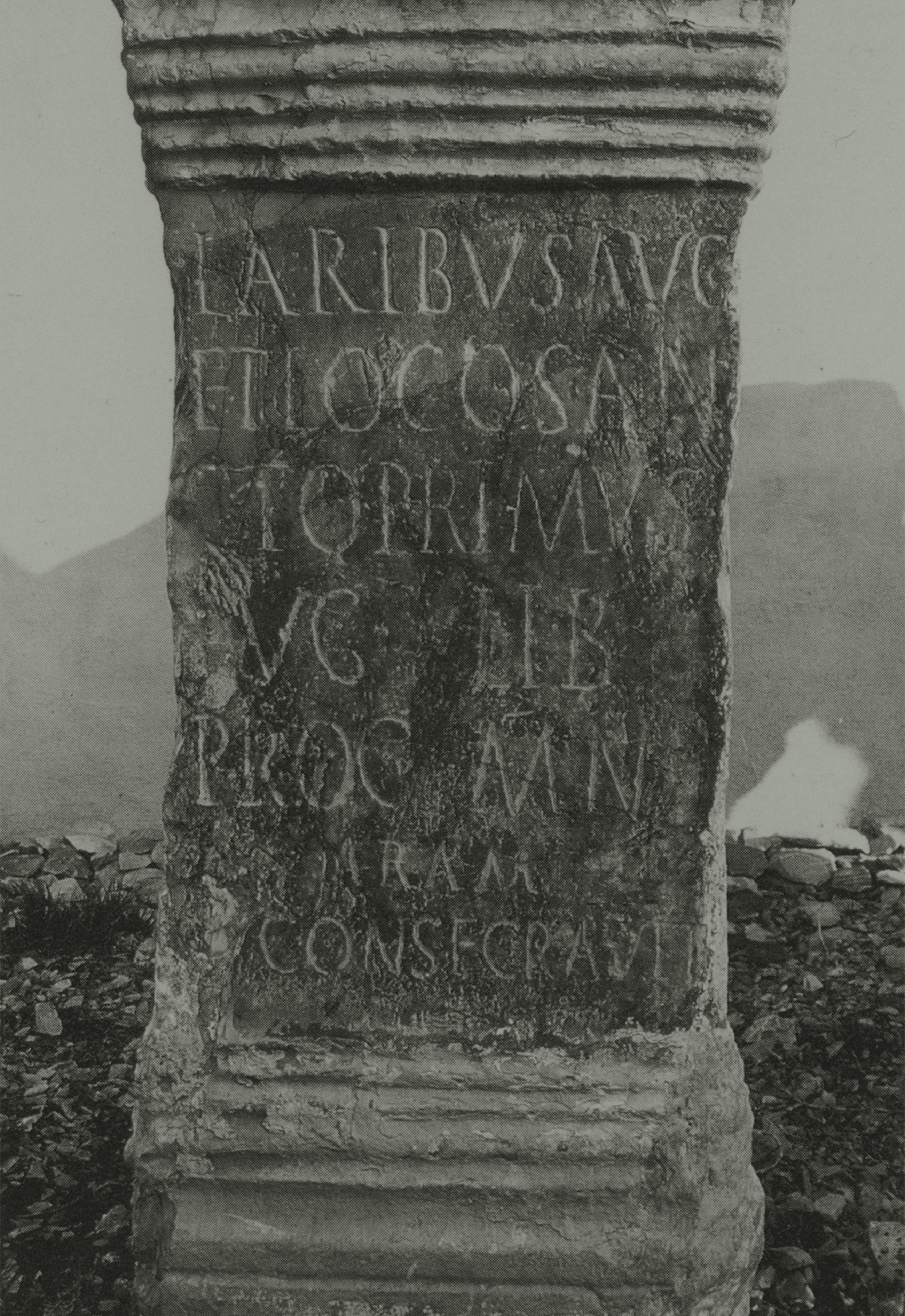Die procuratores marmorum Numidicorum als kaiserliche Funktionäre und Euergeten
https://doi.org/10.34780/1bhi-bieb
Abstract
This paper focuses on the evidence concerning the imperial marble procurators at Simitthus/Chimtou in Tunisia. After a reform in Hadrianic times, imperial freedmen in the office of procurator marmorum Numidicorum appear at Simitthus until the Severan period. Currently, thirteen procuratores m. N. can be deduced from the combination of inscriptions and archaeological evidence in Simitthus. This evidence throws light on the tasks of the procurators in the administration of the quarries. Unlike their fellows in Asia Minor, Greek, and Egyptian quarries, the spatial proximity and interaction with the Roman colony here allows analysis of their representational behaviour and comparison with their "colleagues" from other quarries. Simitthus therefore offers a unique situation, where the donor activities of these procurators are embedded in the workings of a prosperous city. Through numerous dedications and the use of marmor Numidicum for the monumentalization of sanctuaries, the procurators competed with the urban elite and were thus a component both of urban life and of imperial domain administration.
Schlagwörter:
Marmor Numidicum / Giallo Antico, Simitthus / Chimtou, marble procurators, Slaves / Freedmen, Roman Marble Trade





